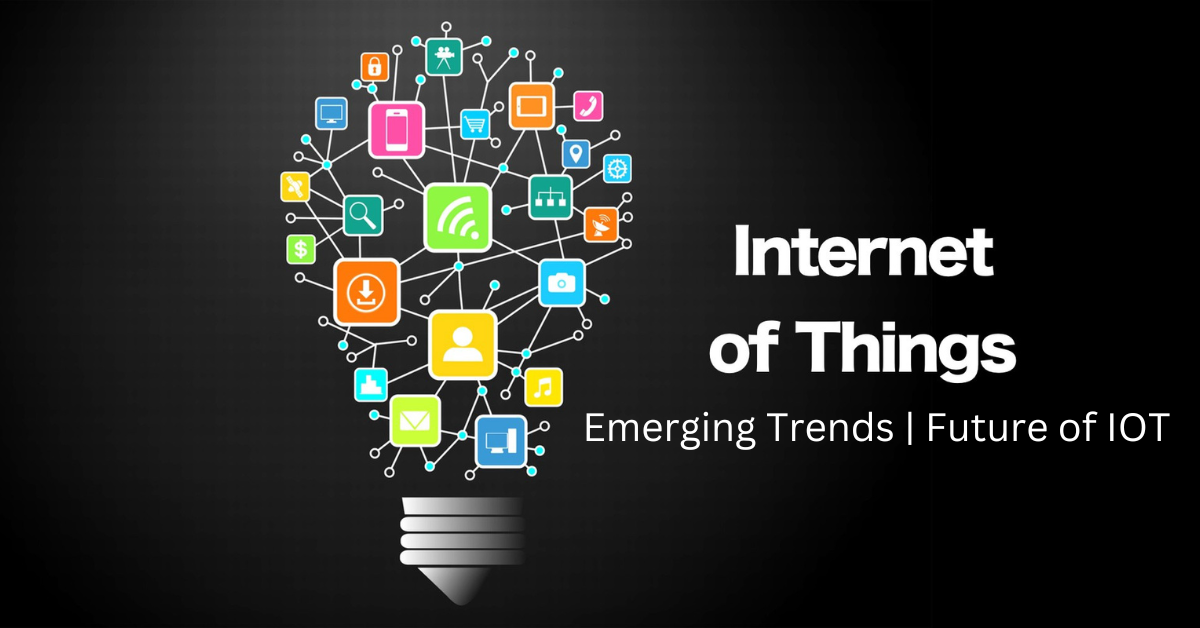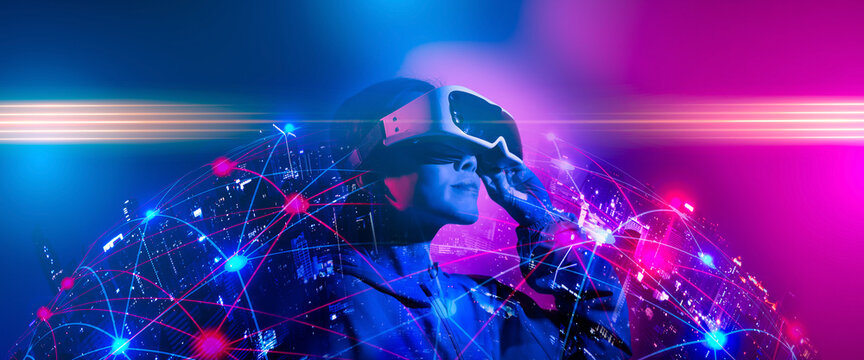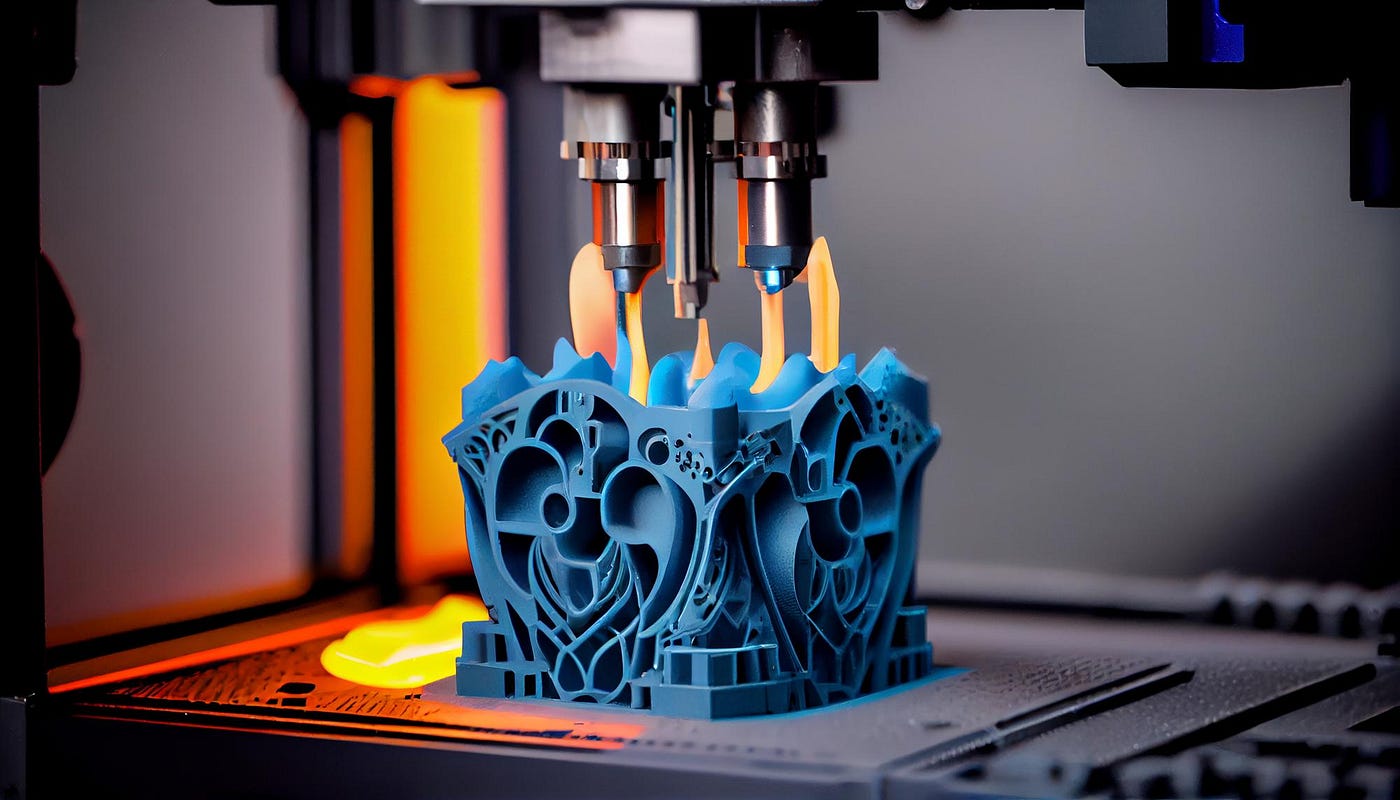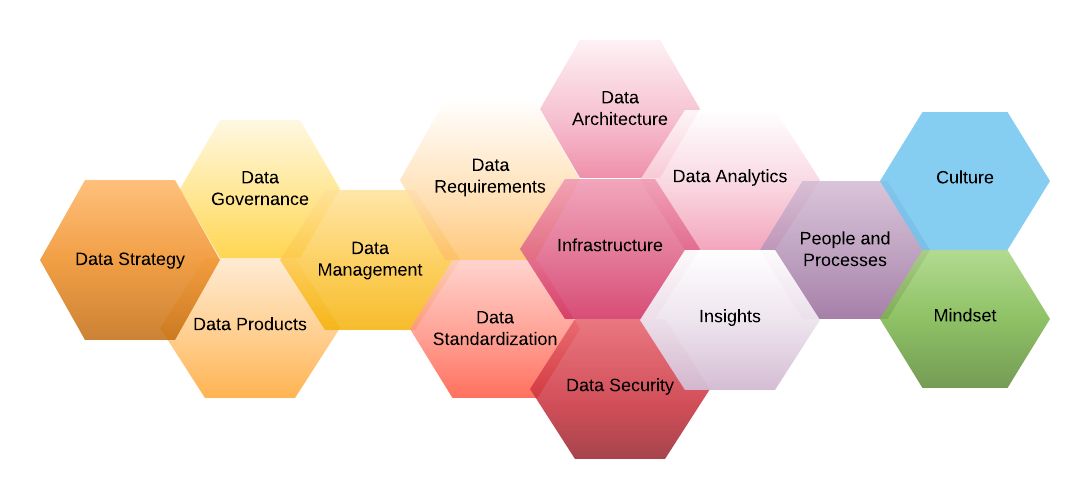Title: Unravelling the Intricacies of the Internet of Things
In the digital age, the Internet of Things (IoT) stands as a beacon of innovation, ushering in a new era of connectivity and convenience. At its core, IoT refers to the interconnection of everyday objects and devices through the internet, enabling them to collect, exchange, and analyze data to drive intelligent decision-making and automation. As we delve into the complexities of this interconnected ecosystem, let us embark on a journey to unravel the intricacies of the Internet of Things.
The foundation of IoT lies in the proliferation of smart devices embedded with sensors, actuators, and connectivity modules, which enable them to interact with their environment and communicate with other devices and systems. From smart thermostats and wearable fitness trackers to connected cars and industrial machinery, the scope of IoT applications spans across various domains, promising to enhance efficiency, productivity, and quality of life.
One of the key drivers of IoT adoption is the promise of real-time monitoring and remote control capabilities. By equipping physical objects with sensors and connectivity, organizations can collect data on various parameters such as temperature, humidity, and motion, enabling them to monitor assets, track performance, and detect anomalies in real-time. This proactive approach to monitoring and maintenance not only minimizes downtime and operational costs but also enhances overall reliability and safety.
In the realm of healthcare, IoT is revolutionizing patient care and wellness management. Wearable devices equipped with biometric sensors can monitor vital signs, track physical activity, and provide personalized health insights to individuals, empowering them to take proactive steps towards better health. Additionally, IoT-enabled medical devices and remote monitoring systems enable healthcare providers to deliver more personalized and efficient care, especially for patients with chronic conditions or those requiring continuous monitoring.

Another area where IoT is driving transformative change is in smart cities and urban infrastructure. By integrating IoT sensors and devices into public infrastructure such as transportation systems, utilities, and waste management, cities can optimize resource allocation, improve traffic flow, and enhance public safety. Smart streetlights, for example, can adjust their brightness based on ambient light conditions and traffic patterns, reducing energy consumption and enhancing pedestrian safety.
However, the widespread adoption of IoT also brings forth challenges and considerations, particularly concerning data privacy, security, and interoperability. With billions of interconnected devices collecting and transmitting data, safeguarding sensitive information and ensuring secure communication channels becomes paramount. Additionally, ensuring compatibility and interoperability among different IoT devices and platforms is essential to realize the full potential of the IoT ecosystem.
In conclusion, the Internet of Things represents a paradigm shift in the way we interact with the world around us, transforming everyday objects into intelligent, connected entities. From optimising industrial processes to enhancing healthcare delivery and urban sustainability, the applications of IoT are as diverse as they are impact. As we navigate the complexities of the connected world, let us embrace the potential of IoT to drive innovation, efficiency, and sustainability, while also addressing the ethical and security considerations that accompany its proliferation. For in the interconnected tapestry of the IoT landscape, the possibilities are limited only by our imagination and ingenuity.


